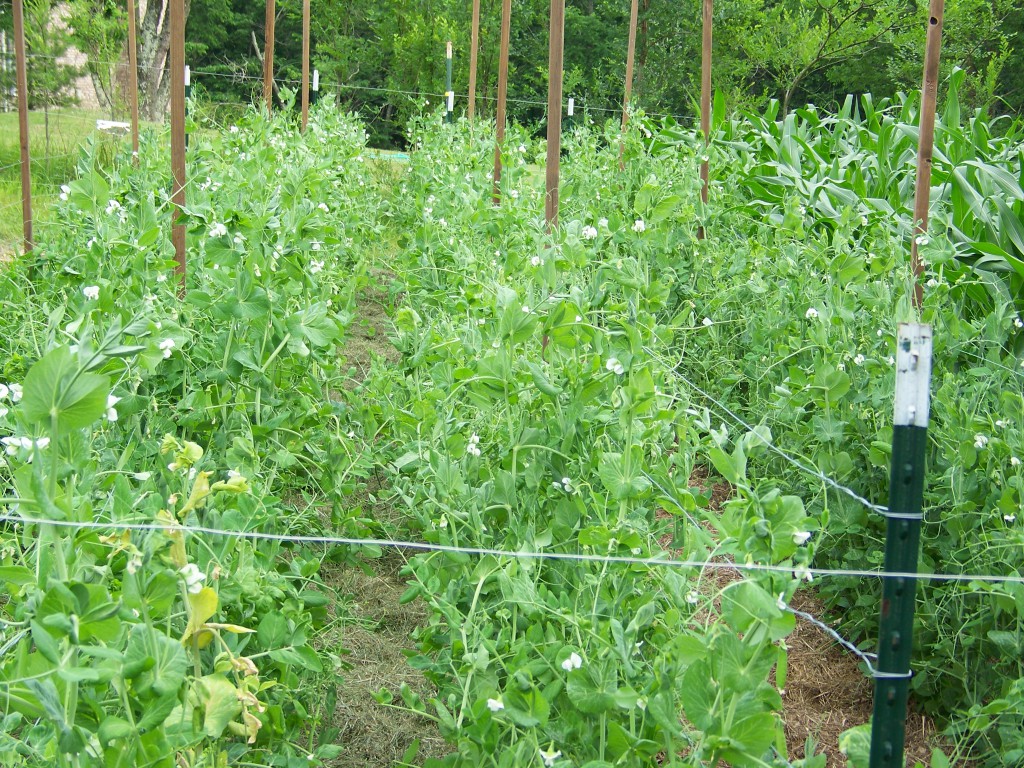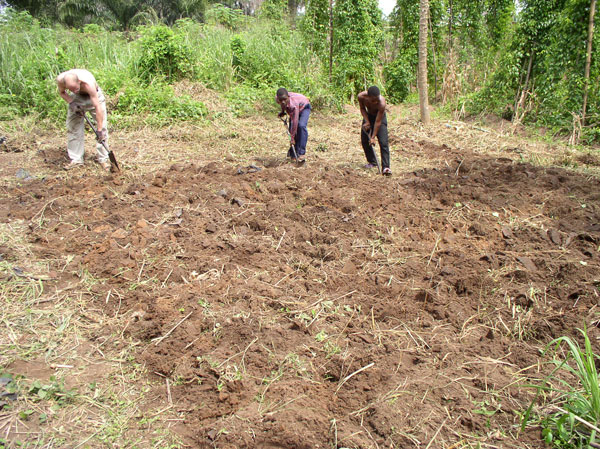SNOW PEAS FARMING IN KENYA: HOW TO MAKE KSH60,000 PER WEEK WORKING 1 HOUR A DAY
Snow peas farming is a relatively new introduction in Kenya and despite its relatively unsung tales of success in the media-space its high returns combined with a fast growing market make it an irresistible investment venture.
You only need to find little capital to start with, and within 10 weeks, you will be smiling all the way to the bank. Would you like to find out how? Keep reading the next few lines.
snow Peas Farming in Kenya
Strawberries grow well in upper and lower highlands within temperatures of 20 degrees, rich organic soil and well distributed rainfall.
Most parts of Kenya meet these requirements with most parts of Central, Western and Rift Valley meeting the criteria.
Step 1: Getting Started
Of course, you need land to plant your snow peas crop. An acre of land would be sufficient for a beginner.
You can lease out a piece of land cheaply in parts of Nakuru County for as little as Ksh5,000 per acre per year so the issue of “I wish I had land” should not prevent you from getting started.
Once you have secured a decent piece of land, in a place with adequate water supply, you need to look for seedlings.
The best varieties to go for are Oregon Sugar Pod II, Sweet Horizon or Snow Wind which are supplied by Amiran or Syngenta.
You will require about 10 Kilograms of seeds per acre. Given that each kilo of seeds goes for Ksh600 then your minimum investment in seeds alone will cost you about Ksh6,000.
On top of the cost of buying certified seeds you will need to add an extra Ksh4,200 for fertilizer (DAP and CAN), agro-chemicals (Ksh15,000) and sticks/stoppers (Ksh5,000).
Step 2: Prepare The Land
Till the land, get rid of weeds and soften the soil. You may want to add some manure later on to ensure a healthy supply of nutrients to your crop.
Sow the seed at a depth of 3cm with a spacing of 10cm between plants and 75cm between rows. The recommended seed rate is 10Kg per acre of land.
Step 3: Ensure Steady Water Supply
Snow peas require a large supply of water during the growing season. In case of poor rains you will need to have an irrigation system on stand-by.
You can invest an extra Ksh50,000 to ensure steady water supply to your farm. A back-up water tank would also be an important investment.
Step 4: Harvesting And Selling Your Produce
An acre piece of land can produce 400Kgs of fresh snow peas per week and harvesting can be done once per week for 13 weeks or more.
Each kilo goes for Ksh150 at the current market price. Now assuming your farm produces 400Kgs per week we multiply that by 13 weeks to get 5200Kgs. That is an equivalent of Ksh780,000.
It is possible to recover your initial investment within just 12 weeks (or 3 months) of starting the farm!
-How Much You Need To Invest
Ksh100,300 per acre (minimum)
-How Much You Can Harvest
Ksh780,000 per acre over 13 weeks
-Where To Sell
Snow peas are not widely eaten here in Kenya and as such you will need to target the export market. You don’t need to worry about exporting the produce yourself either.
All you need to do is approach local vegetable exporters among them Homegrown Kenya Ltd, Idu Farm, Wamu Enterprises, Everest Enterprises and Kenya Horticultural Exporters Ltd (K.H.E).
Final Word
You don’t have to be a “big fish” to succeed in snow peas farming in Kenya. All you need to do is find a good piece of land, invest in high quality seeds and use approved agro-chemicals.
If you have Ksh100,000 or thereabout and you are wondering which business to start with it, don’t be fooled to invest in pyramid schemes.
Start small in snow peas farming today and 24 months down the line you will be a notable horticulture exporter – creating jobs, not seeking jobs.



